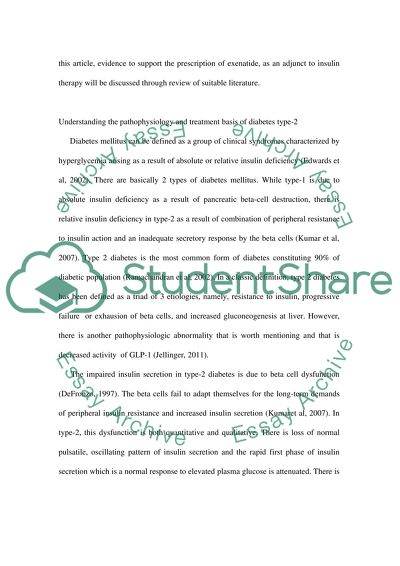Cite this document
(“What evidence is there to support the prescribing of exenatide for Literature review”, n.d.)
Retrieved from https://studentshare.org/gender-sexual-studies/1407744-what-evidence-is-there-to-support-the-prescribing
Retrieved from https://studentshare.org/gender-sexual-studies/1407744-what-evidence-is-there-to-support-the-prescribing
(What Evidence Is There to Support the Prescribing of Exenatide for Literature Review)
https://studentshare.org/gender-sexual-studies/1407744-what-evidence-is-there-to-support-the-prescribing.
https://studentshare.org/gender-sexual-studies/1407744-what-evidence-is-there-to-support-the-prescribing.
“What Evidence Is There to Support the Prescribing of Exenatide for Literature Review”, n.d. https://studentshare.org/gender-sexual-studies/1407744-what-evidence-is-there-to-support-the-prescribing.


